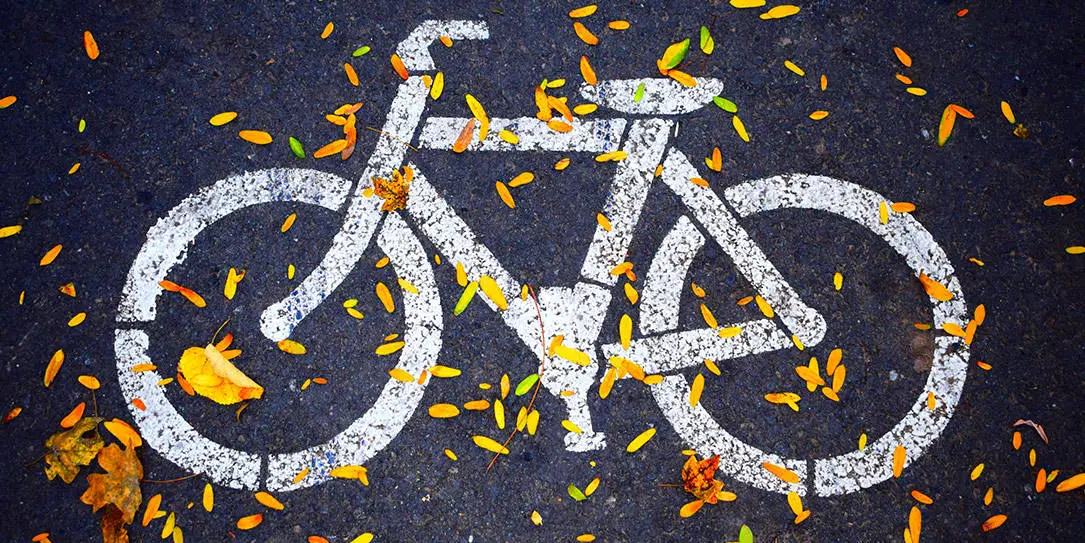A Novice'S Guide To E-Bike Rules And Regulations In Your City
A Novice'S Guide To E-Bike Rules And Regulations In Your City
Blog Article
Web Content Written By-Riis Stanton
Before you hop on your e-bike and struck the streets, it's essential to comprehend the legislations and regulations that regulate your city. From speed restrictions to designated riding areas, there's a lot to take into consideration to guarantee you're certified and secure. By acquainting yourself with the guidelines particular to e-bikes, you'll be much better equipped to appreciate your trips with no unforeseen legal concerns. Remain tuned to uncover crucial insights that will certainly help you navigate the e-bike landscape in your city effortlessly.
Understanding E-Bike Classification
When it involves navigating the world of e-bike regulations and regulations, a crucial starting point is recognizing the category system that classifies these electrical bicycles. E-bikes are typically identified into 3 major groups: Class 1, Course 2, and Course 3.
Class 1 e-bikes are pedal-assist only, implying they supply help while the rider is pedaling and have a maximum speed of 20 mph. These bikes are allowed areas where conventional bicycles are permitted.
view it now -bikes are outfitted with a throttle that can drive the bike without pedaling. They also have a maximum speed of 20 miles per hour and are suitable for motorcyclists that may need help without pedaling continually.
Course 3 e-bikes are similar to Course 1 yet with a higher maximum speed of 28 miles per hour. These bikes are usually limited from particular bike paths or tracks due to their higher rates.
Understanding these categories is vital for abiding by neighborhood policies and guaranteeing a risk-free and delightful e-biking experience.
Browsing Rate Limits and Constraints
To effectively browse e-bike regulations and laws, it's important to recognize the speed restrictions and limitations that apply to different courses of electric bicycles.
Rate limits for e-bikes vary depending upon the category of the bike. Course 1 e-bikes, which are pedal-assist only and have a maximum speed of 20 mph, are typically allowed on bike lanes and paths.
Class 2 e-bikes, which have a throttle in addition to pedal-assist and also get to rates of up to 20 miles per hour, might be limited in specific areas where motorized vehicles aren't allowed.
Course 3 e-bikes, with pedal-assist up to 28 miles per hour, are typically needed to comply with the exact same regulations as traditional bikes.
It is very important to stick to these speed restrictions and restrictions to guarantee your security and the safety of others when traveling. Prior to riding your e-bike, acquaint yourself with the particular laws in your city to prevent any prospective fines or lawful problems.
Where to Ride Your E-Bike
To identify where you can ride your e-bike, it's necessary to recognize the policies and standards particular to your area. In bicycle women of areas, e-bikes are commonly allowed on roads and streets where traditional bikes are permitted. This might consist of bike lanes, bike courses, and shared streets. Nevertheless, it's essential to check neighborhood legislations as some cities may have particular limitations on where e-bikes can be ridden.
When riding your e-bike, always focus on security by complying with traffic policies and respecting pedestrian walkways. In addition, be mindful of any type of designated bike lanes or courses in your area and utilize them whenever possible to guarantee a smoother and more secure experience.
Some cities additionally have guidelines regarding e-bike use on sidewalks, so make sure to acquaint yourself with these regulations to avoid any penalties or penalties.
Conclusion
Now that you know with the regulations and policies bordering e-bikes in your city, you can confidently hit the road recognizing where you can ride and what constraints relate to your e-bike classification. Remember to constantly prioritize safety and follow the policies to ensure a smooth and legal experience. Satisfied riding!
